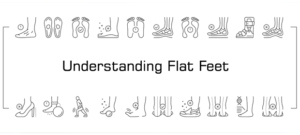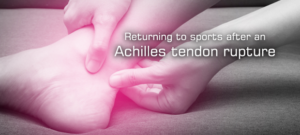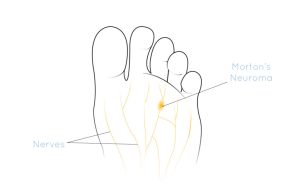Cycling Injuries
Cycling
Recreational and competitive cycling has become increasingly popular over the past decade or so, thanks in large part to the coverage of events at the Olympics. Ankle and foot injuries are likely to occur given the repetitive movement and pressure the area is put through and here are some of the most common types:
Cycling Foot Injuries
Achilles tendinitis:
Usually either poor technique or overuse of the Achilles tendon can create swelling or pain over the hind foot.
Treatment: Rest and ice should be enough to bring down the swelling and ibuprofen works well with the pain and assisting with the swelling.
Plantar fasciitis:
Due to the amount of strain put onto the arch of the foot while cycling, it can lead to pain or inflammation of the area making it difficult to ride.
Treatment: In most cases, rest and elevation of the foot will be sufficient, along with ice and anti-inflammatory medicine if needed. Long term stretching will help to loosen the muscles.
Numbness and paraesthesia:
This is more commonly known as ‘pins and needles’ which occurs in the foot and big toe, due to compression of the nerves due to the repeated motion of cycling.
Treatment: If this is a re-occurring issue, it could be down to ill-fitting footwear or overtightened pedal straps.
Metatarsalgia:
The constant stress placed on the ball of the feet during cycling can produce this pain, with the underside of the foot not able to relieve the absorption it experiences.
Treatment: Changing you riding form on the bike, switching to soft-soled shoes, or using a soft insert should reduce the pressure and relieve the symptoms.
Summary
It is important to pay attention to your body as you cycle and not to try to continue through unnecessary or uncomfortable pain, as this could exacerbate the problem and create far larger issues. Our foot and ankle specialist will be able to apply years of our experience and knowledge to your specific muscle or pain to produce a long term recovery plan.
Frequently asked questions
As with most sports, gradually increasing your activities is a good rule to follow. You should gradually increase not just the length of time but also the intensity and terrain.
Wearing a helmet and reflective equipment is a good start. Using lights in the dark and testing your brakes before use. For your physical health, try stretching first and warm up gradually. Remember to make sure you have a correct riding position.
Amongst the common injuries are ankle pain, foot numbness, and knee pains. Also saddle soreness, hips, back and neck pains are common.
Related Blogs
Thoughts and advice on foot health care from the Podogo team.


















































